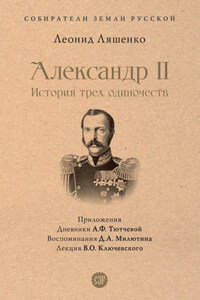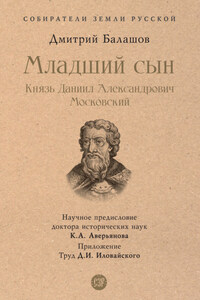Little is known about the Lady and the Unicorn tapestries. They were woven in c.1500, probably in Flanders. In 1841, they were rediscovered in very poor condition in Boussac. They were purchased and restored in 1882 by the French government for the Musée de Cluny in Paris (now the Musée National du Moyen Âge), where they still hang today. Among other things, the tapestries represent the five senses. Each tapestry is usually referred to by the sense it depicts: Taste, Touch, Smell, Sound and Sight. The sixth – which either introduces or concludes the series – is known as À Mon Seul Désir (To My One Desire), for the words woven into it.
The Borough Press
An imprint of HarperCollinsPublishers Ltd
77–85 Fulham Palace Road
Hammersmith, London W6 8JB
www.harpercollins.co.uk
First published by HarperCollinsPublishers 2003
Copyright © Tracy Chevalier 2003
Tracy Chevalier asserts the moral right to be identified as the author of this work.
The verse quoted here and here is from the motet ‘Joliement, en douce desirree/Quant voi la florete/Je sui joliete/Aptatur’ published in The Montpellier Codex, edited by Hans Tischler, Recent Researches in the Music of the Middle Ages and Early Renaissance, Vols. 2–8 (Madison, Wisconsin: A–R Editions, Inc., 1978). The passage is reprinted from Part 4 (vol. 8): Texts and Translations, p. 11. Translations by Susan Stakel and Joel C. Relihan. Used with permission.
Chapter head motifs © Neil Gower
Cover layout design © HarperCollinsPublishers Ltd 2014. Cover illustrations © Neil Gower
A catalogue record for this book is available from the British Library.
This novel is entirely a work of fiction. The names, characters and incidents portrayed in it are the work of the author’s imagination. Any resemblance to actual persons, living or dead, events or localities is entirely coincidental.
All rights reserved under International and Pan-American Copyright Conventions. By payment of the required fees, you have been granted the non-exclusive, non-transferable right to access and read the text of this e-book on-screen. No part of this text may be reproduced, transmitted, down-loaded, decompiled, reverse engineered, or stored in or introduced into any information storage and retrieval system, in any form or by any means, whether electronic or mechanical, now known or hereinafter invented, without the express written permission of HarperCollins.
Source ISBN: 9780007172313
Ebook Edition © 2014 ISBN: 9780007324330
Version: 2014-08-13
The messenger said I was to come at once. That’s how Jean Le Viste is – he expects everyone to do what he says immediately.
And I did. I followed the messenger, stopping just briefly to clean my brushes. Commissions from Jean Le Viste can mean food on the table for weeks. Only the King says no to Jean Le Viste, and I am certainly no king.
On the other hand, how many times have I rushed across the Seine to the rue du Four, only to come back again with no commission? It’s not that Jean Le Viste is a fickle man – on the contrary, he is as sober and hard as his beloved Louis XI once was. Humourless too. I never jest with him. It’s a relief to escape his house to the nearest tavern for a drink and a laugh and a grope to restore my spirits.
He knows what he wants. But sometimes when I come to discuss yet another coat of arms to decorate the chimney, or to paint on his wife’s carriage door, or to work into a bit of stained glass for the chapel – people say the Le Viste arms are as common as horse dung – he’ll stop suddenly, shake his head and say with a frown, ‘This is not needed. I should not be thinking about such commonplace matters. Go.’ And I do, feeling guilty, as if I am to blame for bringing a carriage’s decoration to his attention, when it was he who called for me.
I’d been to the rue du Four house half a dozen times before. It is not a place that impresses. Even with all the fields around it, it is built as if it were in the middle of the city, with the rooms long and narrow, the walls too dark, the stables too close – the house always smells of horses. It is the sort of house a family that has bought its way into the Court would live in – grand enough but poorly placed. Jean Le Viste probably thinks he has done well to be given such a place to live, while the Court laughs behind his back. He should be living close to the King and Notre Dame, not outside the city walls in the swampy fields around Saint-Germain-des-Prés.














